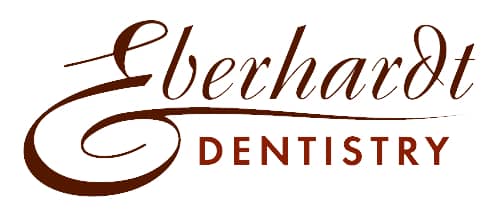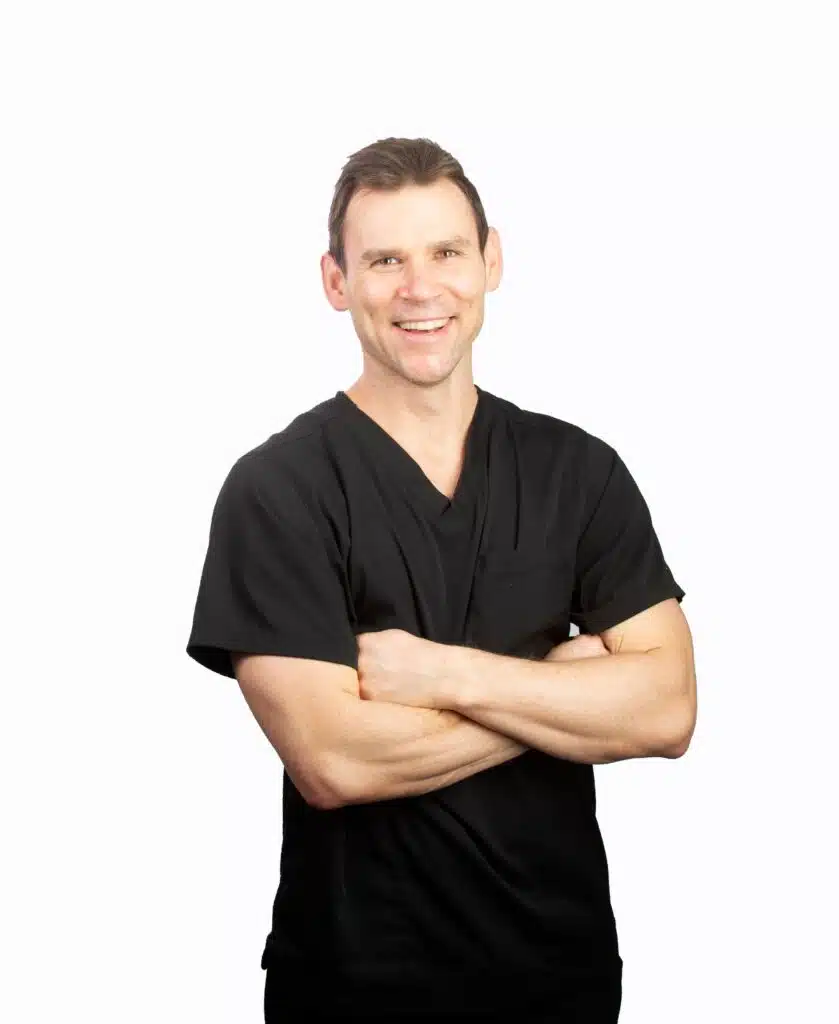
Most dentists agree that brushing three times a day is the minimum; if you use a fluoride toothpaste in the morning and before bed at night, you can get away without using toothpaste during the middle of the day. A simple brushing with plain water or rinsing your mouth with water for 30 seconds after lunch will generally do the job.
Brushing techniques
Since everyone’s teeth are different, see me first before choosing a brushing technique. Here are some popular techniques that work:
- Use a circular motion to brush only two or three teeth at a time, gradually covering the entire mouth.
- Place your toothbrush next to your teeth at a 45-degree angle and gently brush in a circular motion, not up and down. This kind of motion wears down your tooth structure and can lead to receding gums, or expose the root of your tooth. You should brush all surfaces of your teeth – front, back, top, and between other teeth, rocking the brush back and forth gently to remove any plaque growing under the gum.
- Don’t forget the other surfaces of your mouth that are covered in bacteria – including the gums, the roof and floor of your mouth, and most importantly, your tongue. Brushing your tongue not only removes trapped bacteria and other disease-causing germs, but it also freshens your breath.
- Remember to replace your brush when the bristles begin to spread because a worn toothbrush will not properly clean your teeth.
- Effective brushing usually takes about three minutes. Believe it or not, studies have shown that most people rush during tooth brushing.
Dr. Kyle Eberhardt enjoys helping patients achieve better overall health through enhanced dental care. He earned his Doctor of Dental Surgery degree in 2007 and has since pursued continuing education in the field of dentistry. He is committed to lifelong learning and has received a fellowship from the Midwest Implant Institute in Ohio. He has also pursued advanced training with CEREC doctors in Arizona and North Carolina.



